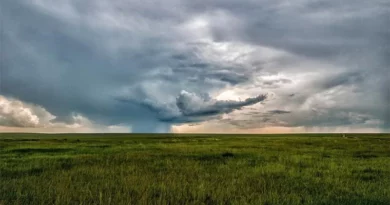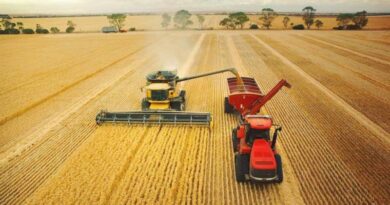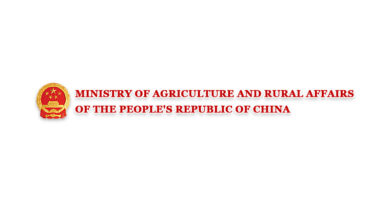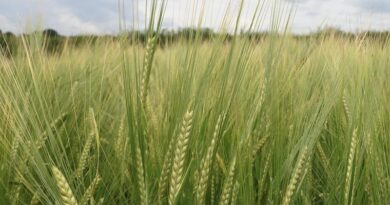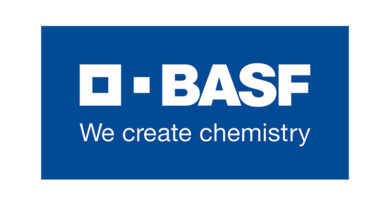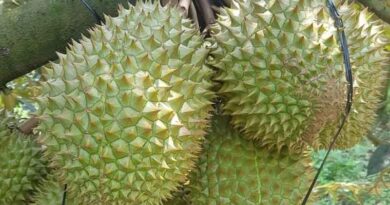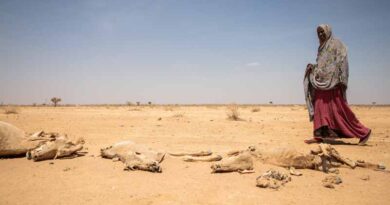Aiming at the main direction of modern large-scale agriculture
07 December 2023, China: When presiding over the symposium on promoting the comprehensive revitalization of Northeast China in the new era, General Secretary Xi Jinping pointed out that the development of modern large-scale agriculture should be the main direction and accelerate the modernization of agriculture and rural areas. It is necessary to practice the big food concept, rationally develop and utilize various resources in the Northeast, actively develop modern ecological breeding, form an industrial system that coordinates grain, economy and feeding, and develops agriculture, forestry, animal husbandry and fishery simultaneously, and build agriculture into a big industry.
When agriculture is stable and the supply of food and important agricultural products is reliably guaranteed, we will not look at other people’s faces when it comes to eating. As agriculture becomes stronger and its quality and efficiency competitiveness continues to improve, there will be broader channels for farmers to find employment, start businesses, and increase income. Developing modern large-scale agriculture has both immediate urgency and long-term strategic significance. The top priority should be to consolidate food security, expand industrial boundaries with a diversified food supply system, and shape the entire industry chain to enhance competitiveness.
To build agriculture into a big industry, we must first keep our jobs firmly in our own hands. For agriculture to be strong, the first priority is to have strong food security capabilities. Although my country’s food security is guaranteed, the total food supply is still insufficient and structural contradictions are prominent.
Currently, the national agricultural science and technology progress contribution rate reaches 62.4%, the coverage rate of improved crop varieties exceeds 96%, and the comprehensive mechanization rate of crop farming and harvesting exceeds 73%, injecting strong momentum into modern agriculture. In terms of new business entities, there are more than 4 million family farms and 2.22 million farmer cooperatives across the country. In terms of service entities, there are more than 1.07 million agricultural social service organizations. In the next step, we must continue to tap the potential of the two major entities, not only improve the quantity and layout, but also improve the quality and driving force, and organically connect small farmers and large-scale agriculture through the mechanism of linking farmers with farmers.
To build agriculture into a big industry, we must build a diversified food supply system. Our country has a vast territory, with more than 1.9 billion acres of cultivated land, more than 4 billion acres of forestland, nearly 4 billion acres of grassland, seven major river systems, vast sea areas and continental shelf fisheries. However, compared to the huge amount of resources, the food provided by grasslands, forests, rivers, lakes and seas is still relatively small. In recent years, the per capita food consumption of residents has continued to decline, but the per capita share of meat, eggs, milk, fruits, vegetables, tea and aquatic products has increased. The diversification of food forces the industry to diversify.
To implement the big food concept in the new era, we must produce agricultural products according to consumption orientation, including quantity, quality, variety, etc.; allocate resources according to market rules, including what to grow, how to grow, how to sell, etc. All localities should leverage their strengths and avoid weaknesses, give full play to the advantages of various resources, use resources scientifically, and produce more food that is more suitable for consumer needs. It is necessary to coordinate grain, economy and feeding, develop agriculture, forestry, animal husbandry and fishery simultaneously, seek food from forests, grasslands, rivers, lakes and seas, and facility agriculture, expand food production from cultivated land resources to the entire land resources, and achieve ecological utilization of resources.
To build agriculture into a big industry, we must develop the entire agricultural industry chain. At present, there are more than 300,000 leisure agriculture business entities nationwide, with annual operating income exceeding 700 billion yuan. There are more than 30,000 agricultural-related e-commerce companies of various types, and rural online retail sales exceed 2 trillion yuan. Rural industries are booming. However, most agricultural industry chains are at the mid- to low-end, with short industrial chains and insufficient development of multiple functions. It is necessary to develop the entire agricultural industry chain from an overall perspective, continuously expand coverage, extend areas, and upgrade the level to make it a new growth pole.
The top priority is to expand the space for agricultural development, transform rural resource advantages, ecological advantages, and cultural advantages into industrial advantages, economic advantages, and competitive advantages, and integrate agricultural research and development, production, processing, storage and transportation, sales, branding, experience, services, etc. , each main chain is integrated. In the past, farmers’ employment growth was concentrated in the narrow field of planting and breeding, but now it is expanding to the broad fields of primary, secondary and tertiary industries. It is necessary to build an industrial chain with higher added value around the entire chain, and drive farmers to increase their income and become rich through the comprehensive upgrading of agriculture and the integrated development of the three industries.
Also Read: World Soil Day 2023: ICRISAT Leverages Innovation for Sustainable Agriculture
(For Latest Agriculture News & Updates, follow Krishak Jagat on Google News)


